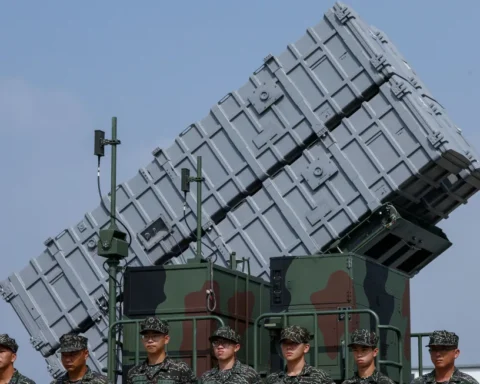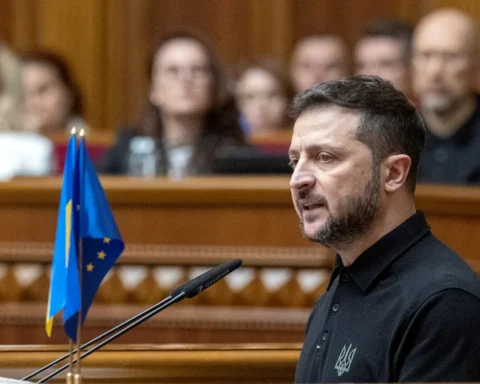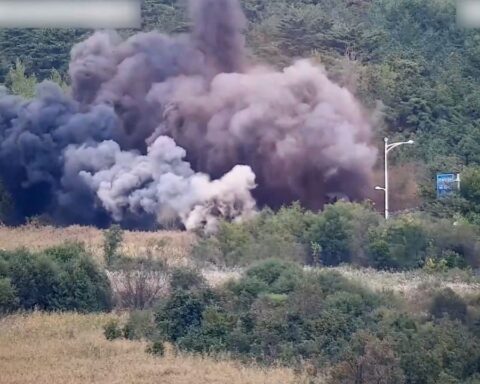In an unprecedented move, Gaza has witnessed the arrival of its first batch of humanitarian aid via sea, marking a critical juncture in international efforts to alleviate the severe humanitarian crisis in the besieged enclave. This initiative, led by the Spanish charity Open Arms and orchestrated with World Central Kitchen (WCK), a non-profit organization, embarked from Cyprus, aiming to deliver essential supplies directly to the people of Gaza. The arrival of the aid ship symbolizes a glimmer of hope for over 2 million inhabitants, with hundreds of thousands teetering on the brink of famine.
The ship, setting sail in the early hours and reaching the central shores of Gaza by Friday, carried with it the promise of sustenance, enough to provide a meal for a quarter of Gaza’s population. This endeavor is part of a broader collaborative effort involving the United States, the European Commission, the United Arab Emirates, Cyprus, and the United Kingdom, all uniting to forge maritime routes for direct assistance delivery to Gaza. Amidst the constraints and challenges posed by the heavily restricted land crossings, which have historically served as the primary conduits for aid into Gaza, this maritime venture emerges as a critical, albeit complex, alternative.
Despite the innovative approach, concerns loom large. The absence of functioning ports in Gaza, decimated infrastructure, and logistical hurdles cast shadows over the efficacy and sustainability of maritime aid delivery. Moreover, the initiative has sparked a dialogue on the adequacy of aid methods, with many arguing that while maritime and air-dropped assistance is necessary, they should not eclipse the fundamental role of land deliveries. Criticisms extend to the potential precedent this may set, undermining land-based humanitarian access and perpetuating hostilities. A collective of 25 non-governmental organizations has vocalized this, urging to prioritize ceasefire and land-based aid deliveries.
Israel, overseeing Gaza’s borders, has endorsed the maritime project, underscoring the necessity of adhering to security standards while facilitating humanitarian aid. However, some are skeptical of this endorsement, highlighting the ongoing complexities of Gaza’s humanitarian landscape. The delicate balance between ensuring security and meeting the dire needs of Gaza’s population remains a contentious issue, with international actors and aid agencies grappling with the best approaches to navigate these turbulent waters.
As Gaza stands at the precipice of a looming famine, the arrival of the aid ship is a testament to the global community’s resolve to address the enclave’s acute humanitarian needs. However, it also underscores the myriad challenges and geopolitical intricacies of delivering aid to one of the world’s most volatile regions. The discourse surrounding maritime aid deliveries to Gaza reflects a broader conversation on the responsibilities of states and international organizations in crisis contexts, emphasizing the imperative of innovative yet sustainable solutions to ensure the well-being of vulnerable populations.
While the maritime corridor offers Gaza a vital lifeline, it is only part of a complex puzzle requiring concerted efforts across land, sea, and air to address the enclave’s humanitarian crisis fully. The international community’s engagement and collaboration are indispensable in navigating the path toward peace and stability in Gaza. They ensure that aid reaches those in dire need while fostering a climate conducive to long-term recovery and reconciliation.







